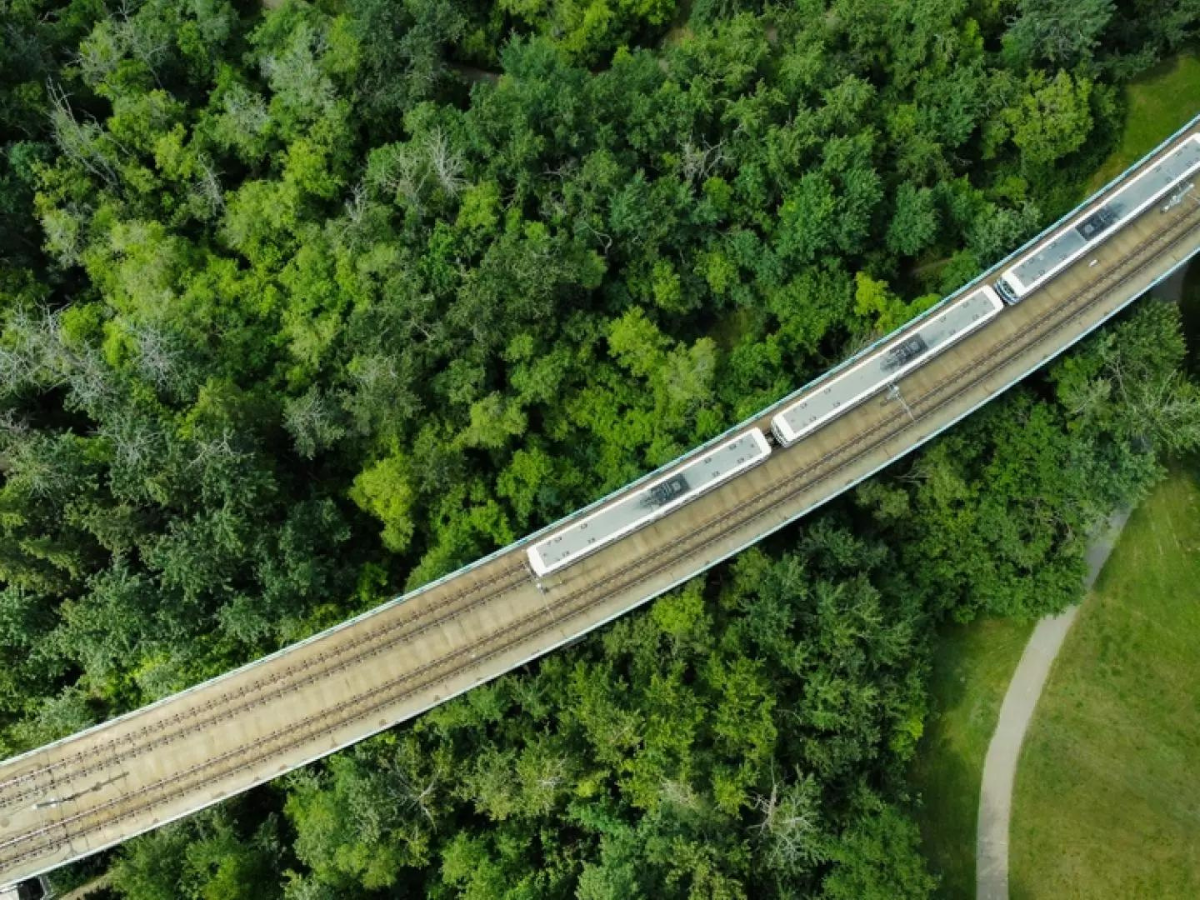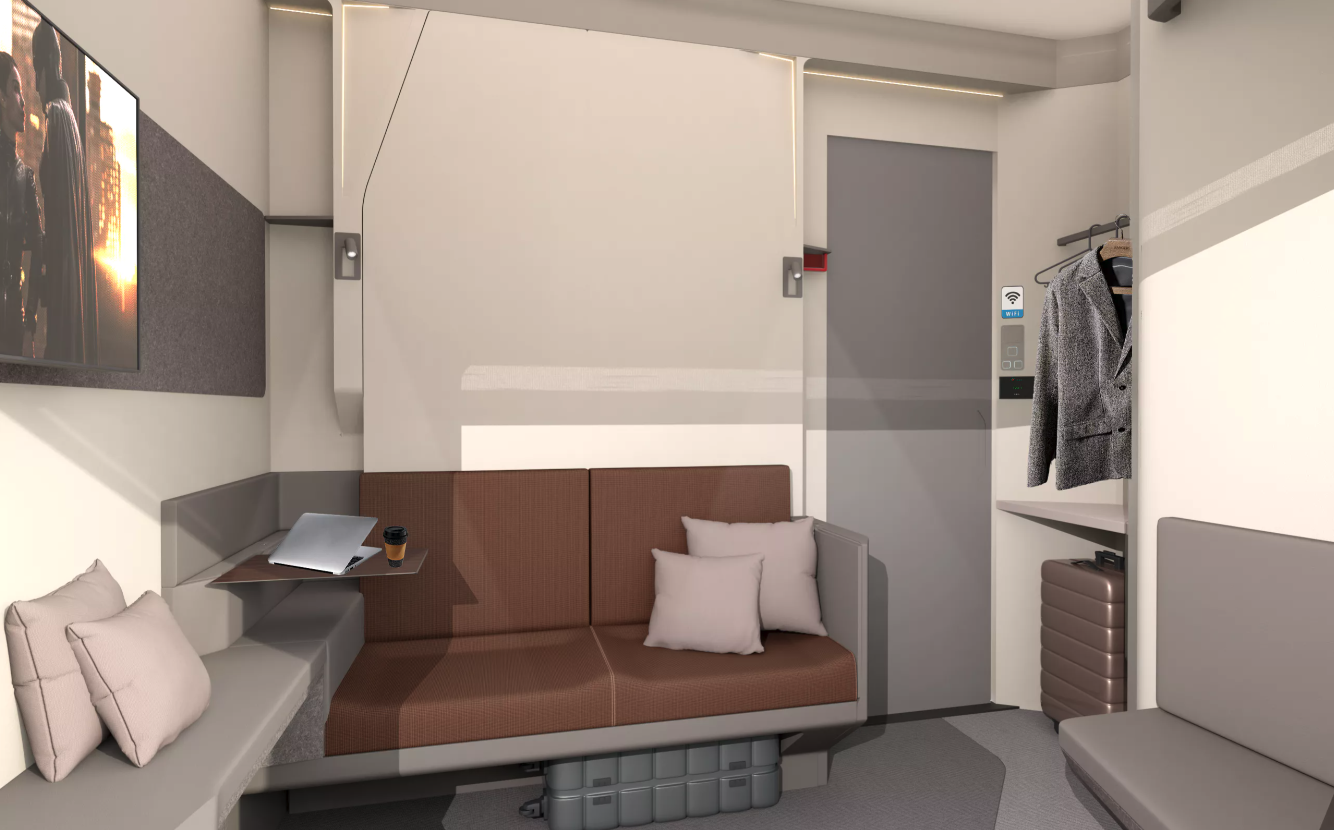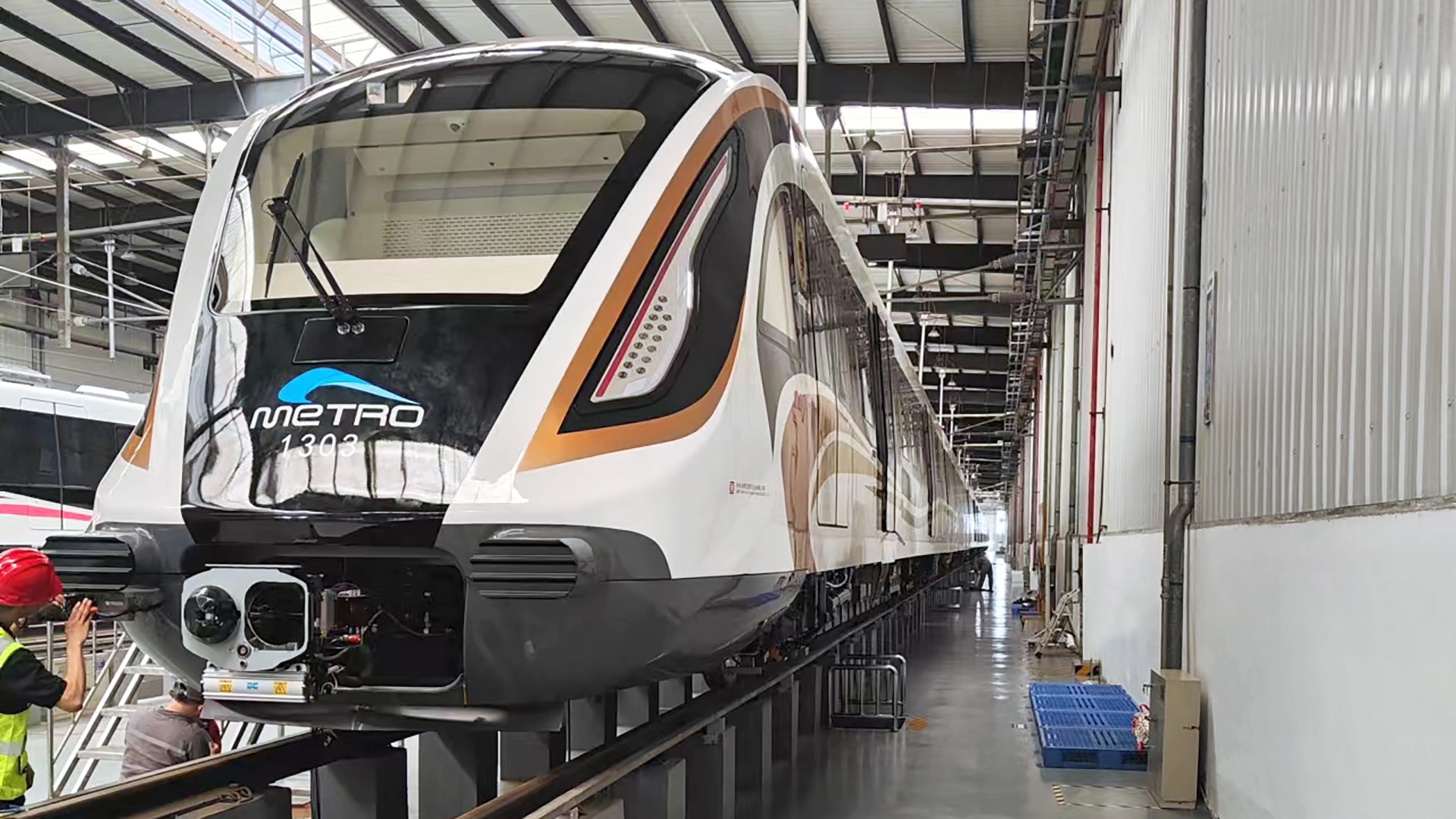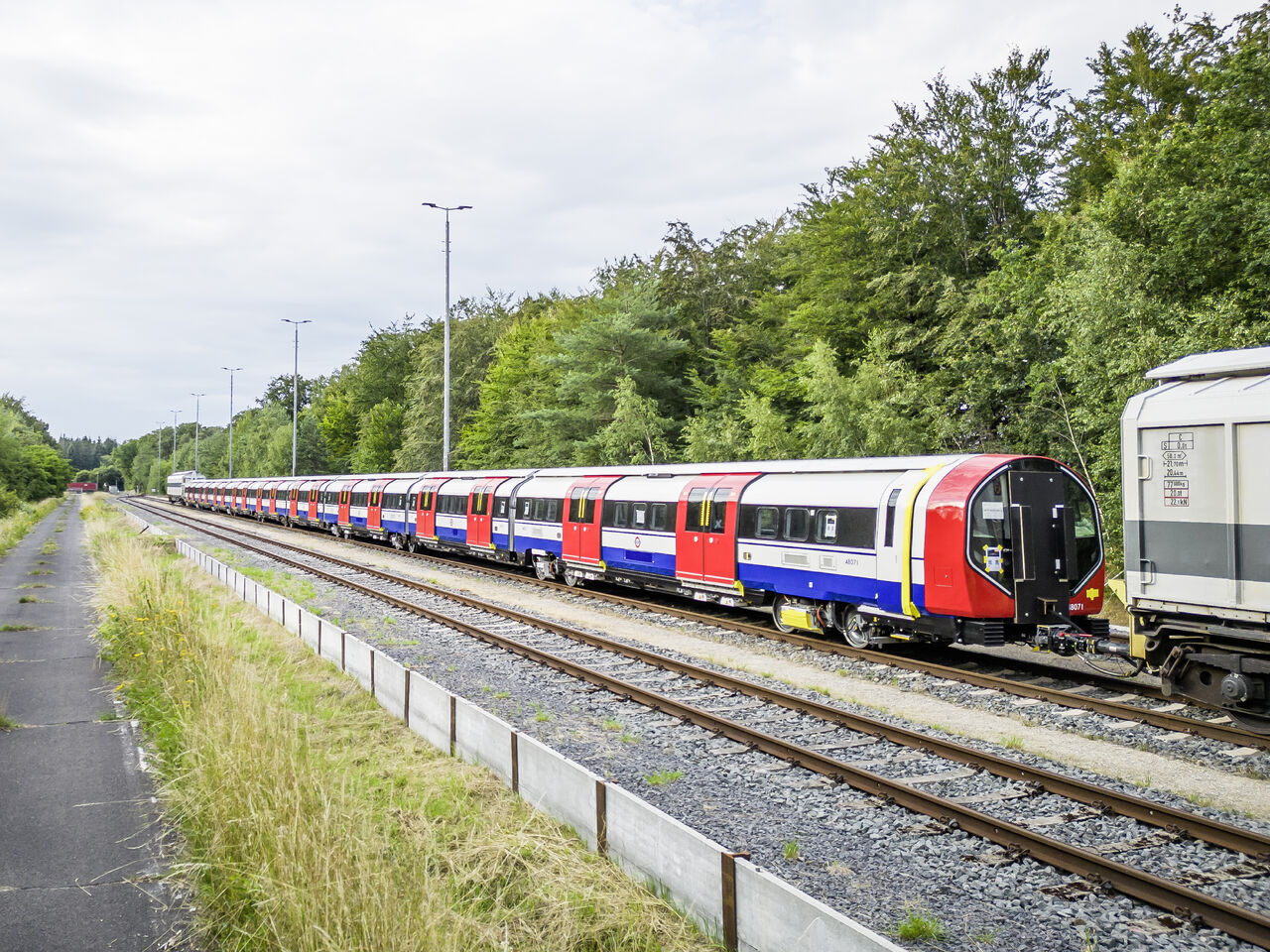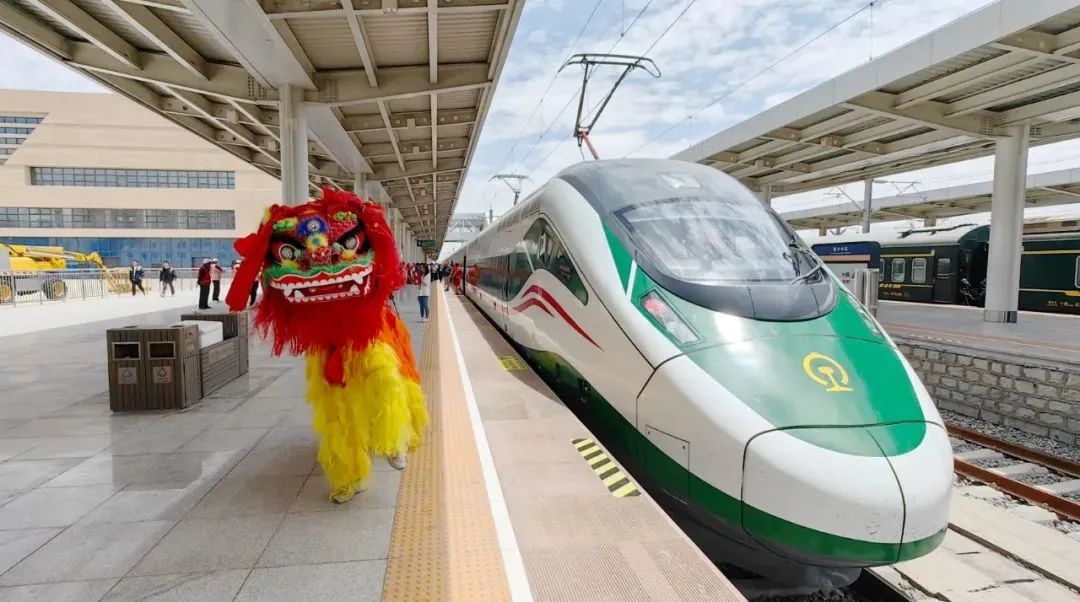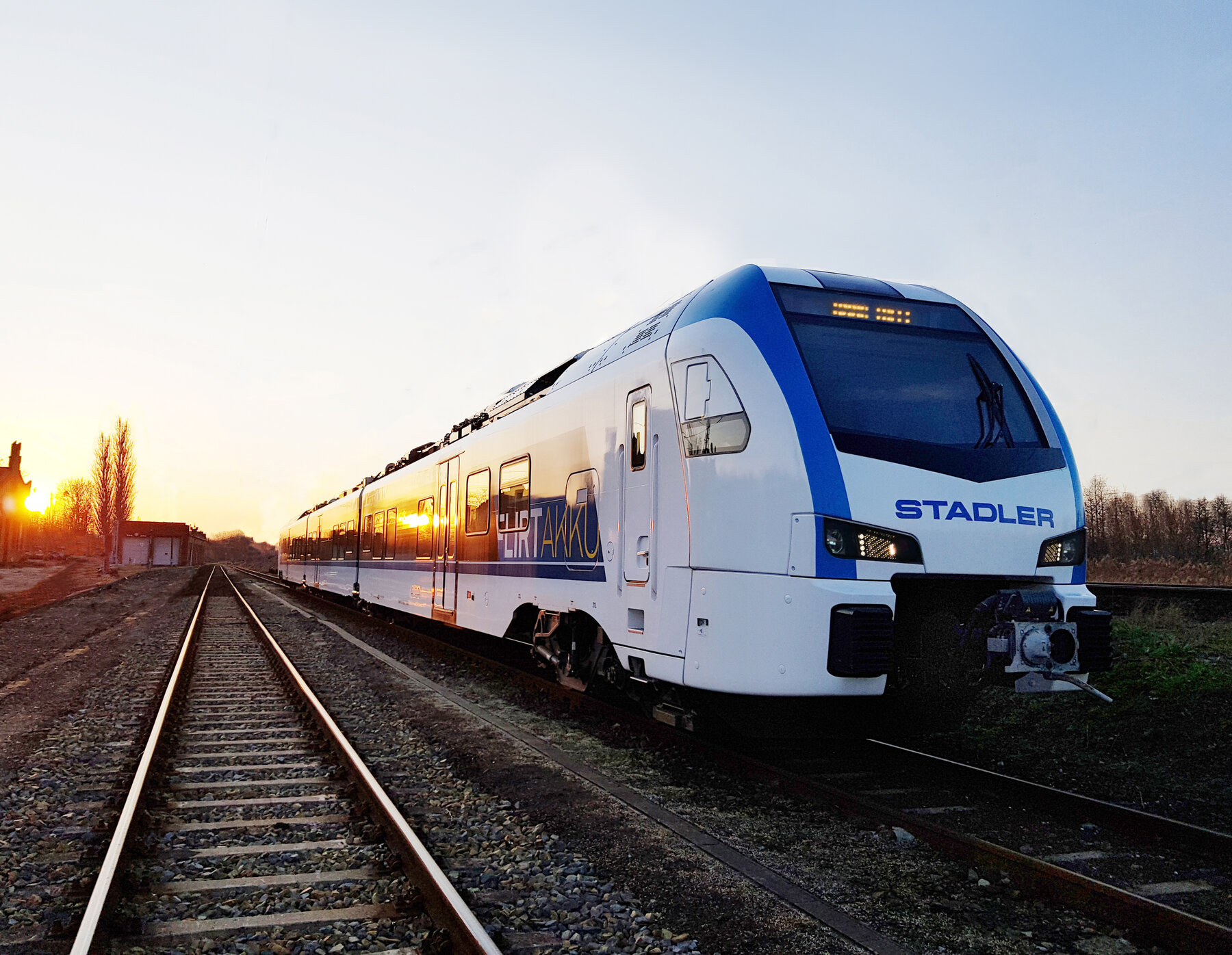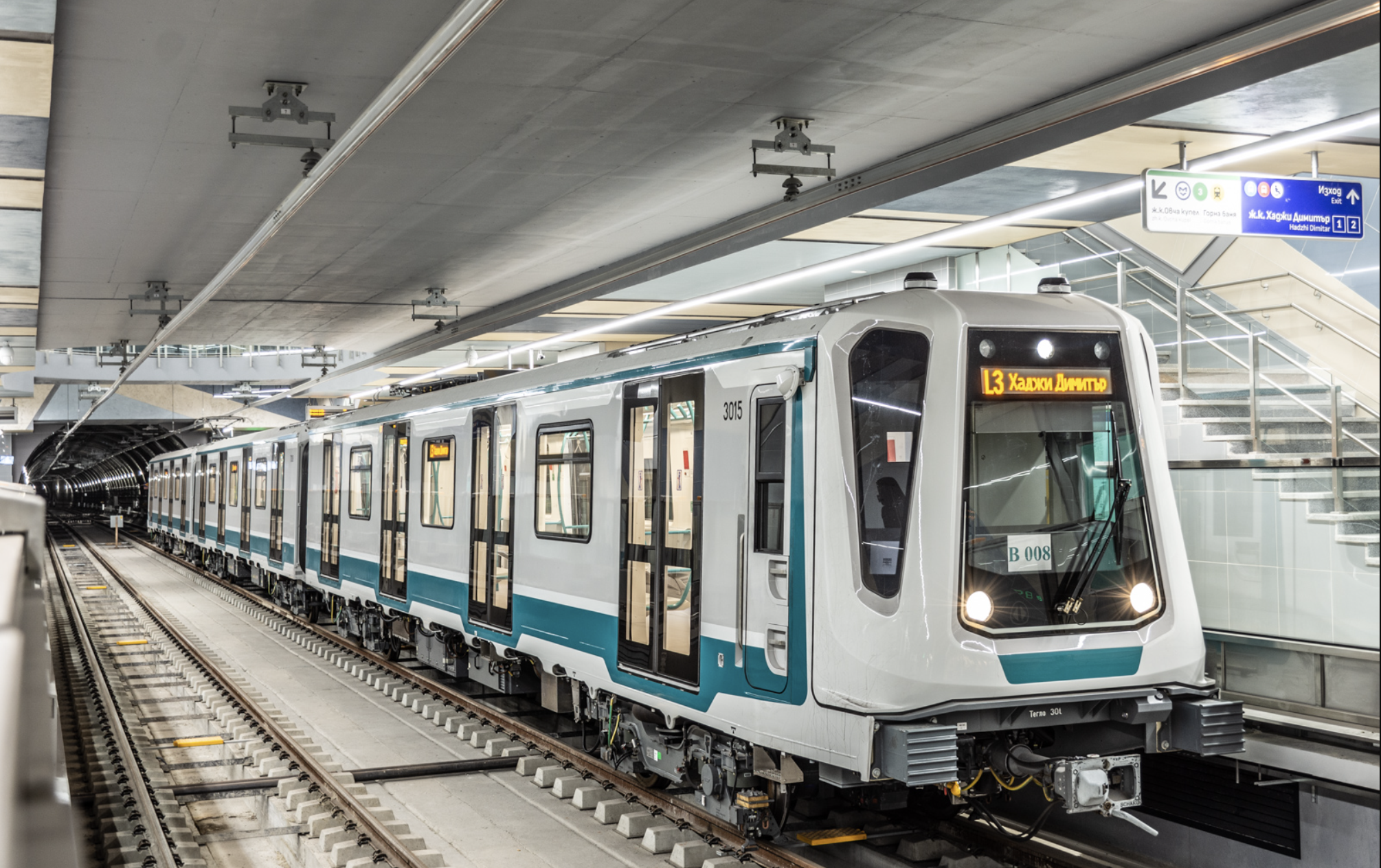PIS technology advances rapidly, but the more it is enhanced, the faster it becomes obsolete.
Considering train projects have a lifetime of about 30 years before total overhaul, obsolescence is a pressing issue. When obsolete parts or devices need to be replaced, development can take up to 1 year. That’s why we offer a more proactive approach with obsolescence management.
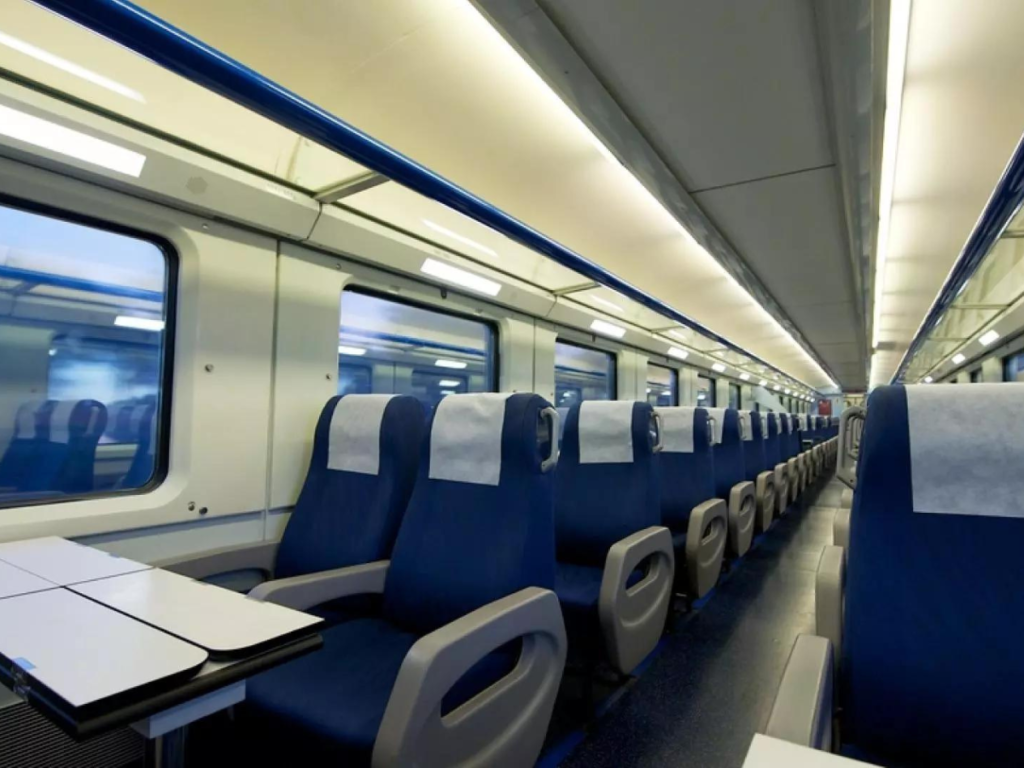
Replacing Obsolete Parts: Slow And/or Expensive
As technology becomes more complex and evolves faster, the lifespan of parts and devices shortens. Just think of real-time video: that wasn’t possible ten years ago. During the year warranty period, that issue remains manageable. After that, suppliers can’t guarantee the availability of parts anymore.
What happens when you request parts that are considered obsolete? There are two options:
- We build replacement parts ourselves or have them built for us. That requires extensive development and testing, and can take up to one year.
- We buy the existing parts from brokers at 10 to 20 times the original price. That’s very expensive and only possible if we find a broker to source the parts.
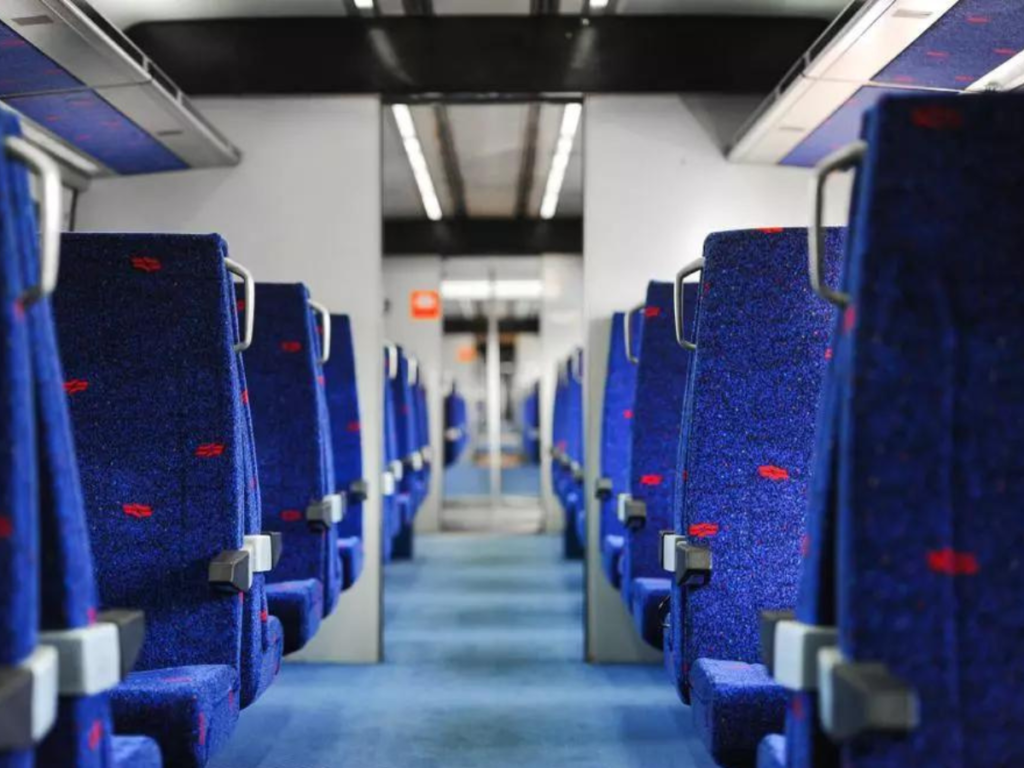
Tackling Cost and Time with Obsolescence Management
That is why we decided to offer you a more proactive approach. In our obsolescence management subscription, you get a quarterly availability overview with an action plan for every component of every device you have ever bought from us.
The overview shows which parts are available and which are obsolete but also predicts when a part will become obsolete. That way, you can buy the parts at the regular price while they’re still available. We can even keep them in stock for you.
Avoiding Obsolescence
“Of course, we try to avoid obsolescence completely where possible. Today’s capacitors have a longer lifetime than the capacitors used 10 years ago, for example. And we only upgrade what needs to be upgraded. If 80% (the audio system) of your PIS can be retained, then we will advise you to only upgrade the soon-to-be-obsolete 20% (the PIS controllers).
The advantages of this approach are obvious: you save money and time. No more high prices from brokers, no more development time to build a new part. You can even plan ahead, to minimize your fleet downtime. No more unpleasant surprises.
Insight is key in our obsolescence management approach. We inform you to make the informed decision. We advise proactively and let you know when you should increase your stock of components, or when you should rather invest in replacements or even a total system change. Our goal is always to provide you with the most cost-effective option and keep your fleet available during the entire lifetime” says, Alexander Loodrior, Customer Service Officer at Televic GSP.
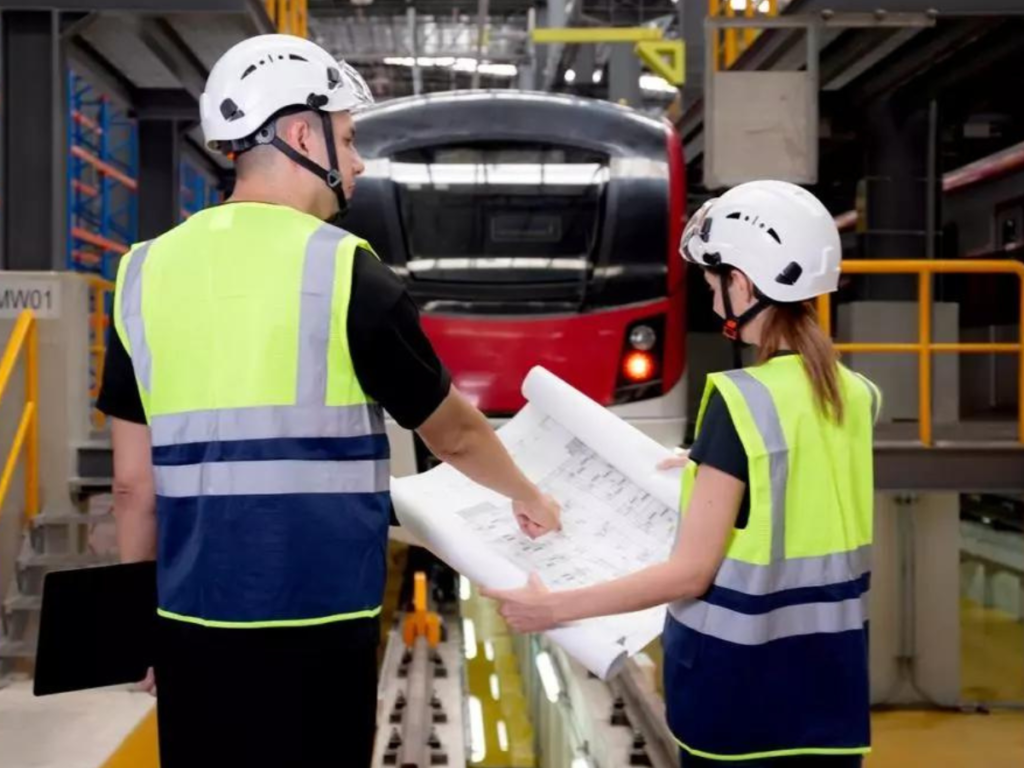
Lifecycle Management: Going the Extra Mile
With lifecycle management, we go a step further. You hand us the keys, and we do everything to keep your fleet running. We make the decisions and fix everything that needs to be fixed. You get a full-service approach that’s even faster. But the choice is yours.
Options and Pricing
Obsolescence and lifecycle management are always tailored to your specific needs. That’s why we cannot list general prices for the various options. Contact us and we will work out a custom solution together.
This article was originally published by Televic GSP.








